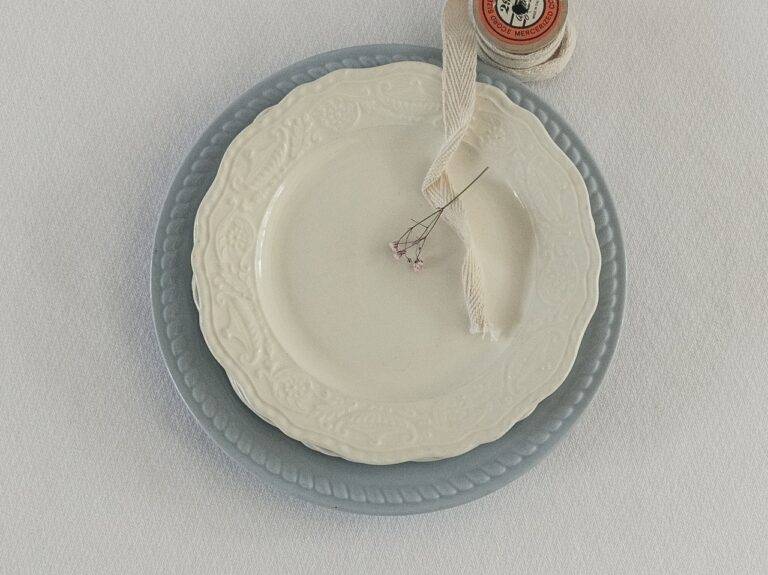The Evolution of Specialty Cheese Aging: From Cellars to Aging Rooms: Cricbet99 register, Sky1exchanges id, 11xplay reddy anna
cricbet99 register, Sky1exchanges ID, 11xplay reddy anna: Specialty cheese has been a delicacy enjoyed by many for centuries, with unique flavors, textures, and aromas that set them apart from regular cheeses. One crucial aspect of crafting these exquisite cheeses is the aging process, which allows the flavors to develop and intensify over time. In the past, cheese aging was typically done in damp cellars or caves, where the temperature and humidity could be controlled naturally. However, with technological advancements and innovations in the cheese industry, aging rooms have become the preferred method for aging specialty cheeses.
The shift from cellars to aging rooms has revolutionized the way cheese is aged, providing more control over the aging environment and ensuring consistent quality. Aging rooms are specifically designed and equipped with temperature and humidity control systems, which allow cheesemakers to create the perfect conditions for aging their cheeses. This controlled environment helps to regulate moisture levels, prevent mold growth, and foster the development of desirable flavor profiles in the cheeses.
With aging rooms, cheesemakers can also age larger quantities of cheese more efficiently, as they can stack and store the cheeses on shelves or racks. This increased capacity has enabled cheesemakers to meet the growing demand for specialty cheeses while maintaining the quality and integrity of their products. Additionally, aging rooms allow for better monitoring and tracking of the aging process, ensuring that each batch of cheese receives the attention and care it needs to reach its full potential.
The evolution of specialty cheese aging from cellars to aging rooms has not only improved the quality and consistency of specialty cheeses but has also opened up opportunities for experimentation and innovation in the cheese industry. Cheesemakers can now fine-tune the aging process to create cheeses with unique flavors and characteristics, pushing the boundaries of traditional cheese-making techniques. As a result, consumers are treated to a wide variety of specialty cheeses that cater to different tastes and preferences.
In conclusion, the transition from cellars to aging rooms has marked a significant milestone in the evolution of specialty cheese aging, offering cheesemakers more control and flexibility in crafting exceptional cheeses. With aging rooms at their disposal, cheesemakers can continue to push the boundaries of creativity and quality, delighting cheese enthusiasts with an ever-expanding array of unique and flavorful cheeses.
FAQs:
Q: How long does it typically take to age specialty cheeses in aging rooms?
A: The aging time for specialty cheeses can vary depending on the type of cheese and desired flavor profile. Some cheeses may be aged for a few weeks, while others might be aged for several months or even years.
Q: Can aging rooms be used for aging all types of cheeses?
A: Aging rooms are typically used for aging specialty cheeses that require controlled environments to develop their flavors. However, some cheeses, such as fresh cheeses, do not require aging and are best consumed soon after production.
Q: What is the ideal temperature and humidity for aging cheeses in aging rooms?
A: The ideal temperature and humidity for aging cheeses can vary depending on the type of cheese. Generally, cheeses are aged at temperatures between 50-55F and humidity levels between 80-90%. Cheese makers may adjust these conditions based on the specific requirements of the cheese they are aging.







